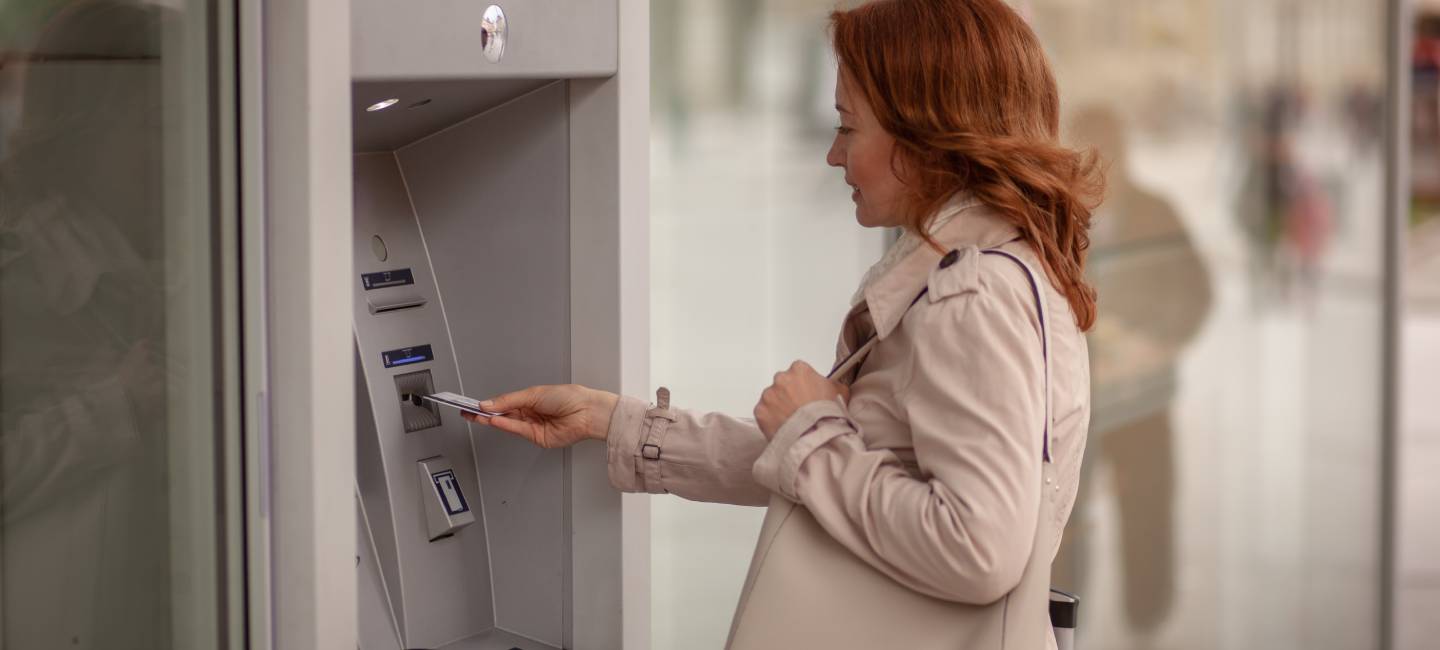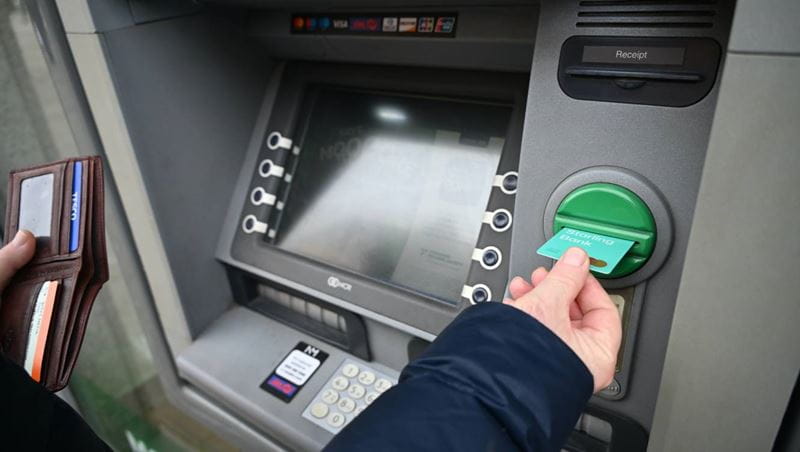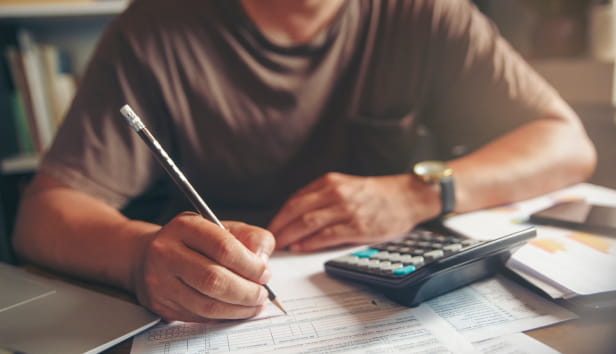
Even though cash machine use is declining, more than £25 million was lost to cash machine scams in 2024, according to the regulator UK Finance.
Cash machine fraud can take many forms. UK Finance defines it as all cases of fraud that happen at cash machines, often using a stolen card, and sometimes by criminals who have taken over someone else’s account.
So, what are the methods criminals use, and how can you avoid them?
What’s on this page?
Although payments by bank card and phone are rising, 915 million cash withdrawals are still made each year. The average person makes 16 trips to an ATM a year, withdrawing about £80 each time, according to figures from cash machine operator LINK.
This involves a scammer fitting a specialist device in the ATM. This records the details from the magnetic strip of your card while a hidden camera, installed above the keypad, captures your personal identification number (PIN) as you enter it.
Once the thieves have this information, they are then able to load your stolen data onto a new card and try to withdraw your money. This won’t work in the UK, where cash machines only accept more secure chip and pin cards.
Instead the fraudulent cards are used at cash machines overseas that have not yet upgraded to chip and pin. In 2025 so far, police have seized skimming devices at cash machines in locations including Leicestershire, Gloucestershire, Merseyside and Stoke-on-Trent.
Card trapping is when a device is fitted to the card slot that traps your card after you have inserted it, preventing it from being returned to you. Again, a hidden camera will likely record you entering your pin.
After you have walked away in frustration, the fraudster returns to the ATM, removes the device and steals your card with your details recorded. Some fraudsters use fake keypads, fitted over the real one, to record your pin as you enter it. In some cases, this information is then sent to awaiting criminals.
Other thieves will simply ‘shoulder surf’ – which means they hover behind you and try and see your pin as you enter it. They will then resort to old-fashioned distraction techniques to steal your card. West Yorkshire Police, for example, warns that criminal gangs might watch you enter your pin and then point out something you have dropped on the floor, like a £10 note.
While you are distracted, another member of the gang takes your card. Another ploy might be to distract you by ‘accidentally’ spilling a drink over you. So if anything ever seems out of the ordinary at a cashpoint, make taking your card a priority.
ATM fraud is separate to cash machine robberies, which are also prevalent, although they don’t affect your own account directly. Two men were recently jailed for two years and four years respectively for their part in stealing money from around 500 cash machines in the UK.
They stole £40,000 worth of cash and caused £60,000 worth of damage to the machines. The pair used a modified tool to jam open the cash dispenser to take money from the inside.

Banks and other card providers are taking steps to maintain cash machine safety. For example, some allow you to set a maximum withdrawal amount using your banking app. This can prevent criminals from taking large sums from your account if your card does get stolen.
Others allow you to ‘freeze’ your card as soon as you notice it’s missing. This is a great peace-of-mind feature as it instantly stops criminals from using it.
So it's worth checking your banking app (if you use one) to see if this is a feature so you’ll be familiar with using it if needed. If you don’t use a banking app, telephone your bank as soon as you realise the card is missing.
According to LINK, the UK’s cash machine network, ATMs have a lot of built-in systems to prevent card data being captured, while banks have sophisticated systems to monitor unusual transaction patterns, such as sudden high value or overseas withdrawals.
LINK’s director of strategy, Graham Mott, told us that the good news is we are seeing a decline in ATM fraud cases long-term. But it’s still important to remain vigilant. “Make sure you always protect your pin, and if you ever see anyone acting suspiciously around a cash machine – or you think it’s been tampered with – please do not use it. Contact the police or Crimestoppers.”
A UK Finance spokesperson told us: “To stay safe when using your card at a cash machine, it is important to follow guidance from our Take Five to Stop Fraud campaign. You must always protect your pin from being seen, look out for tampered cash points, and contact your bank immediately if your card or cash is stolen from a machine.”
1. As you approach any cash machine, scan the whole area carefully. If you see anyone suspicious hanging around, wait until they have gone away. Or, even better, find a different ATM.
2. Don’t let anyone distract you while you are using the machine and don’t be afraid to say no to offers of help. They could be a criminal rather than a well-meaning bystander.
3. Inspect the ATM carefully. Look at the card slot to check for any bulky or loose attachments and watch out for pin pads that feel looser or spongier than normal. If anything looks even slightly suspicious, alert the bank straightaway.
4. Always shield your pin as you type it in – if there is a nefarious camera fitted to the ATM, it can’t capture your number if your hand is in the way.
5. You may want to use a cash machine in a busy location, such as in a petrol station, which will be monitored by CCTV.
6. Before walking away from a cash machine, put your card and money away safely. If you’ve requested a receipt or mini-statement, be sure to stow that away carefully as well, or destroy it. These little slips of paper could contain information that aids fraudsters.
7. If your card isn’t returned from the ATM, report it to your card provider instantly – ideally while still at the cash machine so nobody can come and access your card.
8. Always call your bank on its official number. You should be able to find this on the back of your card, so it’s worth making a note of it in your phone now. It will also be printed on your card statement, the bank’s website, or on your banking app.



Find out what happens next & what to do if you’re worried about your ISAs.




We're here to help you make the most with your money. With a rage of financial services designed with over 50s in mind.